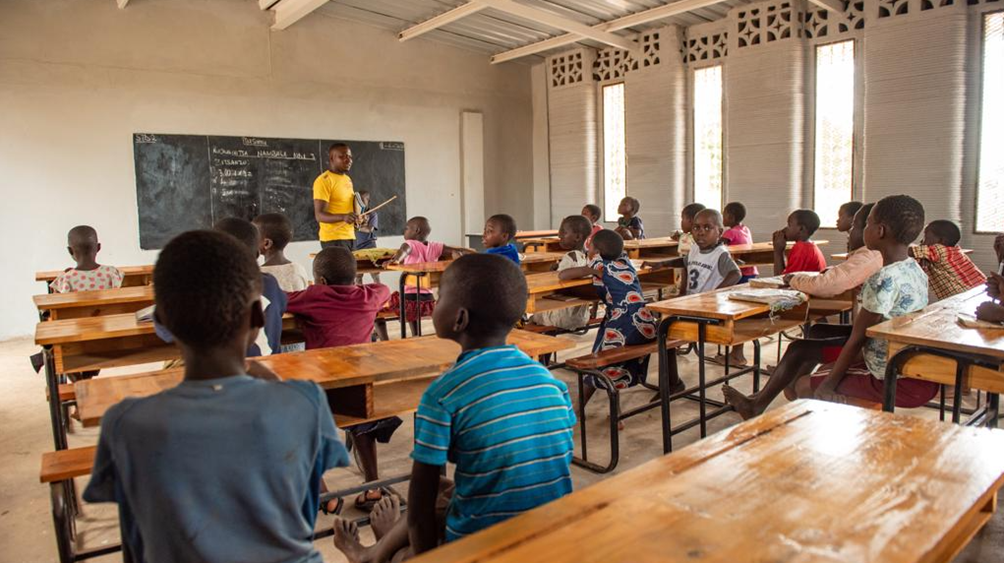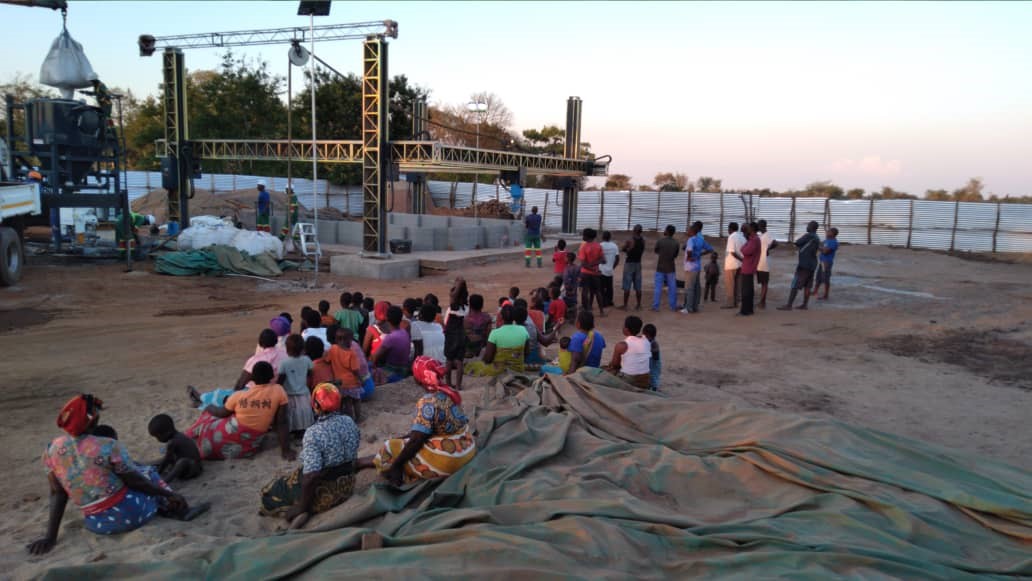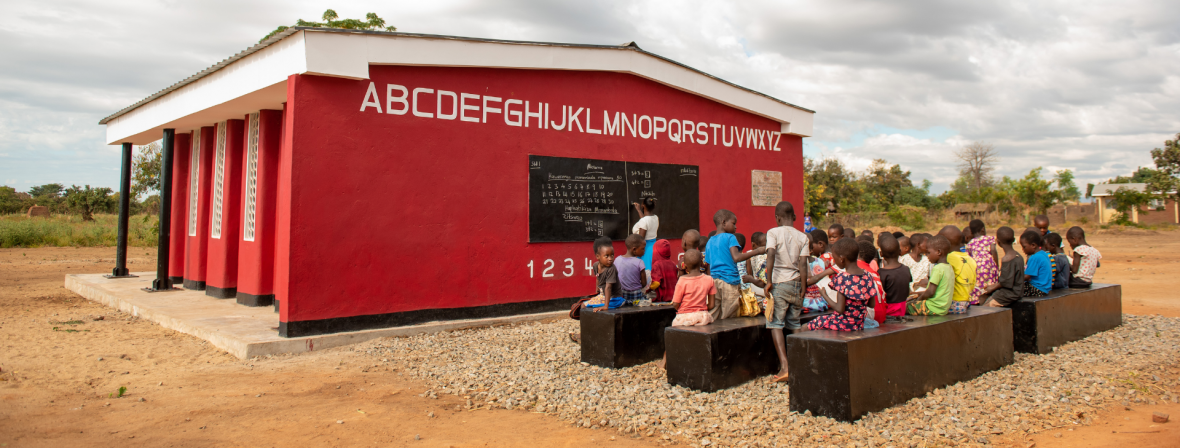A 3D printed school, reportedly the world’s first, has been completed in Malawi, Africa, and has welcomed students through its doors.
The school was built using a 3D construction printer from Danish 3D printing construction firm COBOD as part of a project with 14Trees, a joint venture company of building materials specialist LafargeHolcim and CDC Group, the UK’s publicly owned impact investor.
Printed in just 18 hours, the school was born out of a need to address Africa’s huge deficit in school provision, with UNICEF estimating a shortage of 36,000 classrooms in Malawi alone. According to 14Trees, this infrastructure gap could be bridged within the next decade alone using 3D construction printing technology, which the company claims has already been well-received in the country.
“I am very proud of how our colleagues at 14Trees have deployed cutting-edge 3D printing technology to solve such an essential infrastructure need,” said Miljan Gutovic, Region Head of Europe, Middle East and Africa at LafargeHolcim Group. “Now that we have proven the concept in Malawi, we look forward to scaling up this technology across the broader region, with projects already in the pipeline in Kenya and Zimbabwe.”

Solving school shortages with 3D printing
14Trees began deploying its 3D printing technology at scale to build affordable and low-carbon housing and schools in Africa last year. The project is initially being rolled out in Malawi before being extended to Zimbabwe later this year, and in time to Kenya.
The technology combines a proprietary ink developed by LafargeHolcim with a BOD2 robotic 3D construction printer provided by COBOD, and is expected to significantly reduce the time and cost of building homes and schools in Malawi. The 3D printing technology supposedly also reduces the carbon footprint for building new homes by up to 70 percent through optimized material use.
The Malawi school’s walls were printed in just 18 hours, with the building spanning 56 square meters, thanks to the BOD2’s capability to print concrete structures up to 10 meters in length and width, and three meters in height. Children have now moved into the classrooms to begin lessons, and the Director of Education in Malawi is reportedly impressed with the school.
Representing the Director, Juliana Kuphanga Chikandila, Primary Education Advisor, said: “I am very impressed with the new building – its durability and design provides the space and facilities that students did not have before.
“This school will attract more students and those learners that had left will return to education.”

COBOD’s 3D printing construction efforts
COBOD’s robotic construction 3D printers have been previously deployed for several high-profile additive manufacturing construction projects, including the building of the first 3D printed commercial apartment building in Wallenhausen, Germany.
The project was headed up by Germany-based construction company PERI Group, which has extensive experience in operating the BOD2 in various European projects. Another of these projects involved erecting Germany’s first “market-ready” 3D printed residential building, a two-storey house located in North Rhine-Westphalia.
Additionally, the company’s involvement in the successful 3D printing of the first “record-tall” 10-meter concrete wind turbine tower base last year alongside LafargeHolcim and GE Renewable Energy was presented to US President Joe Biden at a recent Climate Summit.
Most recently, COBOD’s BOD2 printer was used by Habitat for Humanity, a non-profit organization dedicated to poverty alleviation, to 3D print a single family house with three bedrooms and two bathrooms. Once completed, a family chosen by Habitat for Humanity will be invited to live in the house.

Subscribe to the 3D Printing Industry newsletter for the latest news in additive manufacturing. You can also stay connected by following us on Twitter and liking us on Facebook.
Looking for a career in additive manufacturing? Visit 3D Printing Jobs for a selection of roles in the industry.
Subscribe to our YouTube channel for the latest 3D printing video shorts, reviews and webinar replays.
Featured image shows Malawian school children receiving teaching in the world’s first 3D printed school made by 14Trees with a COBOD BOD2 printer. Photo via Bennie Khanyizira.



